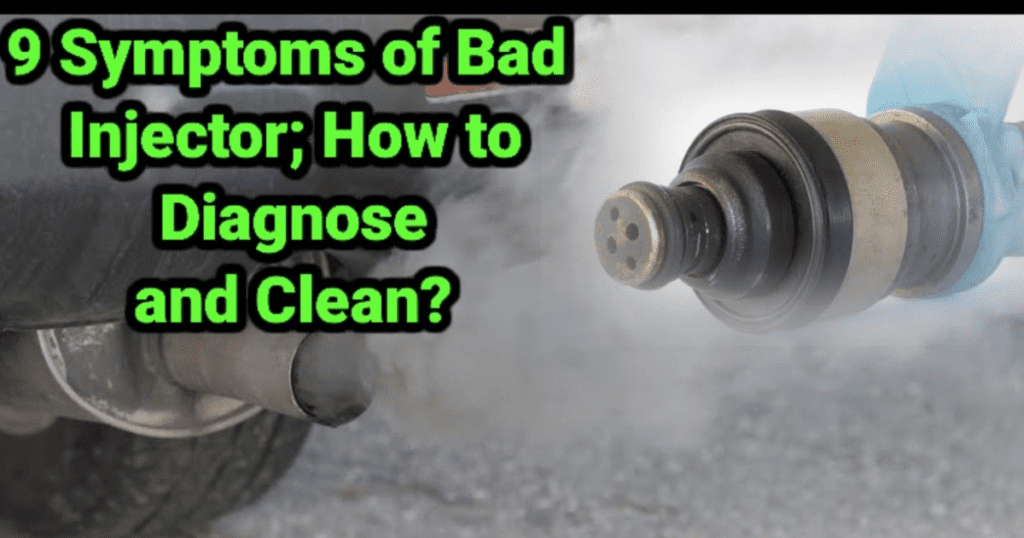When was the last time you considered the tiny components that fuel your mighty truck? Those unassuming fuel injectors play a pivotal role in your 2008 GMC Sierra’s performance—a crucial link in the complex chain of the engine’s responsiveness. Have you ever wondered what might happen if one of these vital components fails? Picture this: you’re traversing a rugged path, and suddenly, your trusty vehicle sputters. Panic sets in, and you immediately suspect something is amiss. One potential culprit? A leaky fuel injector. So, how do you test for fuel injector leaks? Buckle up—let’s dig into this essential task.
First and foremost, understanding the function of fuel injectors is key. These components are responsible for delivering the right amount of fuel into the engine’s combustion chamber. If even one fuel injector is leaking, it can lead to several issues, including reduced fuel efficiency, increased emissions, or even engine misfires. Now, who wants that? This is why it’s imperative to regularly check their condition and performance.
Before rolling up your sleeves, it’s essential to gather the appropriate tools for this undertaking. Here’s a straightforward checklist:
- Safety goggles and gloves
- Fuel pressure gauge
- Fuel injector cleaning kit (if necessary)
- Wrenches and screwdrivers
- Shop rags
- New O-rings (if replacement is needed)
Now that you’ve got your toolkit ready, let’s delve into the process of testing for fuel injector leaks. The first step is to locate the fuel injectors on your 2008 GMC Sierra. Typically, they’re nestled within the intake manifold, a bit hidden from plain sight but not unreachable. Take a moment to familiarize yourself with their layout and connections.
Once you’ve identified the injectors, the next step is to relieve the fuel system pressure. This is a crucial decision—one that can save you from a minor explosion if done improperly. Begin by turning off the engine and locating the fuel pump relay in the fuse box. Remove it, and then start your engine until it stalls; this step relieves the pressure in the lines. Once the engine is silent, you can proceed safely.
With the pressure relieved, it’s time to inspect for any visible signs of leakage. An astute visual examination can reveal cracked or damaged fuel rails, as well as telltale signs of fuel seepage around the injector’s O-rings. If any fuel is spilling out, a replacement is likely in order.
Still, a visual inspection alone may not reveal hidden leaks. Now, let’s put on our mad scientist hats and utilize the fuel pressure gauge. Connect this tool to the fuel rail’s Schrader valve. This is where things get intriguing. By turning the key to the “on” position (but not cranking the engine), you can observe the pressure readings on the gauge. A normal reading usually falls between 55 to 62 psi. If the gauge indicates lower, it might suggest a faulty fuel pump or leak.
Next up, a leak test is in order. While keeping an eye on the pressure gauge, you’ll want to watch closely for any fluctuations. A decrease in pressure over time may indicate that at least one of your fuel injectors is indeed leaking. If pressure nosedives, the cause may lie beneath the injector body.
What if you suspect that a fuel injector is malfunctioning but can’t quite pinpoint the issue? Fear not, for the cleaning test comes to the rescue! With the injector still attached, use a fuel injector cleaning kit. Using an appropriate solvent, follow the manufacturer’s instructions to flush gunk away from the injector. Make sure to do this in a well-ventilated area. It’s amazing what a clean injector can do for performance!
If, after all these nifty tricks, you discover that an injector is beyond cleaning, it may be time for a replacement. Replacements are straightforward swaps, but ensure that new O-rings are used to secure a leak-free fit. A bit of lubrication on the O-rings can help with a smooth installation.
Now, here’s the twist—after you’ve either cleaned or replaced the fuel injectors, always perform a pressure test again to ensure everything is functioning harmoniously. You don’t want to skip this step just because you’re eager to feel that engine purr!
Testing fuel injector leaks on your 2008 GMC Sierra may seem daunting, but with a little patience and the right tools, you can tackle this automotive challenge head-on. By keeping a close eye on these small yet mighty components, you’ll not only extend the lifespan of your truck but also secure that exhilaration each time you ignite the engine and conquer the open road.
Ultimately, while fuel injector issues may be a stumbling block, they’re absolutely surmountable. So, next time you find yourself questioning your injector’s reliability, you’ll be equipped with the knowledge and skills to ensure your truck remains in peak condition. Ready to hit the road again? Adventure awaits!
